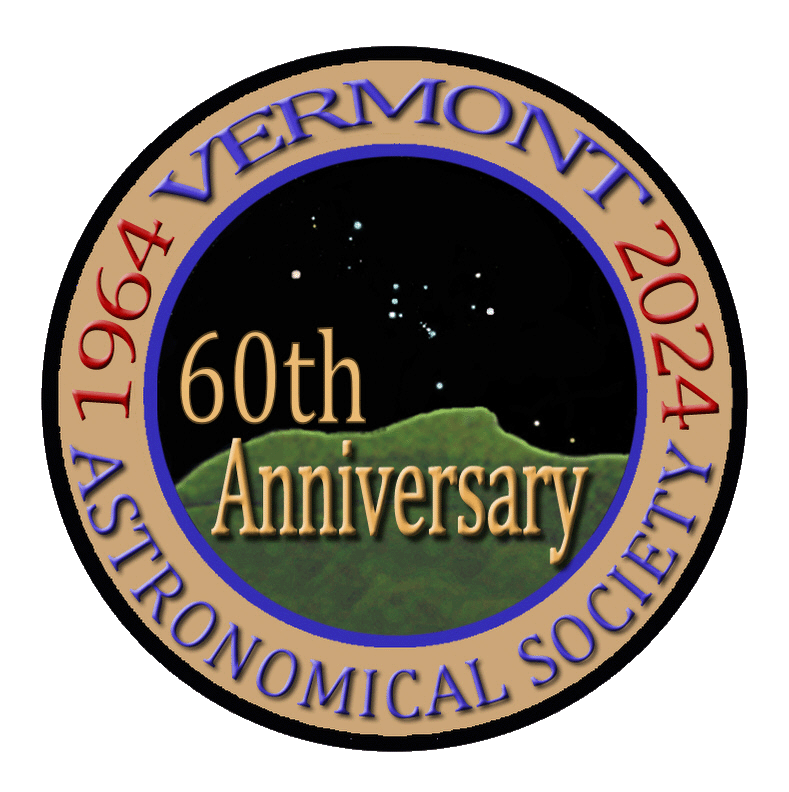Sh2-132, the Lion Nebula, is a composite of several dark (LDN) and bright (LBN) nebulae that come together with some other surrounding gases and form what looks like a lion in space.
The Lion Nebula is a large emission nebula about 100-115 ly across with regions of dark dust and is over 10,000 light years (ly) away in the constellation Cepheus. It also contains two Wolf-Rayet stars (HD 211564 and HD 211853/WR 153) that are responsible for the ionization of gases in the region. (Wolf-Rayet stars are usually about 25 times more massive than our sun. Since they are at an advanced stage of their evolution, they are losing mass quickly and have relatively brief lifetimes.)
Unfortunately, depending on observing conditions Sh2-132 may be too dim to observe visually with most amateur telescopes.
This was an alternate secondary target on this imaging night, so it was kind of fun to see what I had after 4 hours or so. Of course, using a OSC camera and dual narrowband filters isn't the best setup for this nebula, but it's what I had on the rig at the time I pivoted to this target. As a result, processing was a nightmare and I've been at it almost every day since the 1st of July trying to get things to look 'right'. I finally acquiesced and went with this image.
Capture date: 7/1/24
Equipment
William Optics RedCat 61 WIFD (f/4.9)
ASI585MC Pro OSC camera with a 5-position ZWO filter wheel
ZWO 30F4 guide scope with an ASI120MM mini guide cam
ASIAir, AM5 mount
Filters: Antlia Dual Narrowband 5nm Ha/OIII (32x300s) and SII/Hb (14x300s). Total Exposure: 3:50
Processed with PixInsight and Adobe Photoshop
Sh2-132, the Lion Nebula, is a composite of several dark (LDN) and bright (LBN) nebulae that come together with some other surrounding gases and form what looks like a lion in space.
The Lion Nebula is a large emission nebula about 100-115 ly across with regions of dark dust and is over 10,000 light years (ly) away in the constellation Cepheus. It also contains two Wolf-Rayet stars (HD 211564 and HD 211853/WR 153) that are responsible for the ionization of gases in the region. (Wolf-Rayet stars are usually about 25 times more massive than our sun. Since they are at an advanced stage of their evolution, they are losing mass quickly and have relatively brief lifetimes.)
Unfortunately, depending on observing conditions Sh2-132 may be too dim to observe visually with most amateur telescopes.
This was an alternate secondary target on this imaging night, so it was kind of fun to see what I had after 4 hours or so. Of course, using a OSC camera and dual narrowband filters isn't the best setup for this nebula, but it's what I had on the rig at the time I pivoted to this target. As a result, processing was a nightmare and I've been at it almost every day since the 1st of July trying to get things to look 'right'. I finally acquiesced and went with this image.
Capture date: 7/1/24
Equipment
William Optics RedCat 61 WIFD (f/4.9)
ASI585MC Pro OSC camera with a 5-position ZWO filter wheel
ZWO 30F4 guide scope with an ASI120MM mini guide cam
ASIAir, AM5 mountFilters: Antlia Dual Narrowband 5nm Ha/OIII (32x300s) and SII/Hb (14x300s). Total Exposure: 3:50
Processed with PixInsight and Adobe Photoshop
Another beautiful image. Love it! I liked this target, but forgot where I shot it from. Maybe Florida’s. Super details.
Terri
@terri Thanks, Terri! I can't tell you how many times I processed this 'beast' before finding a rendition I was happy with.
Greg

